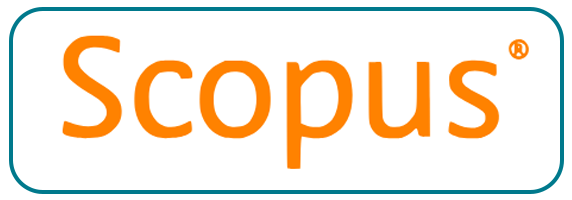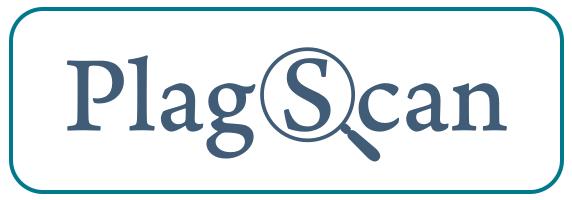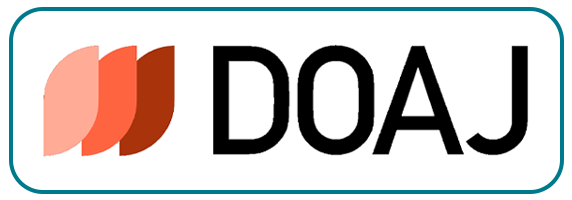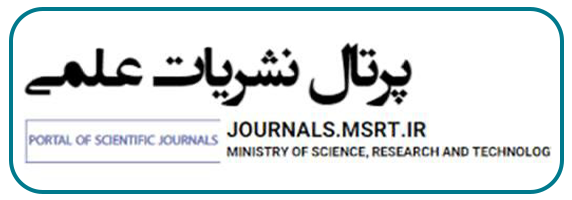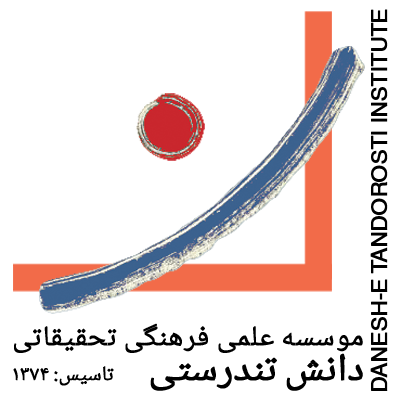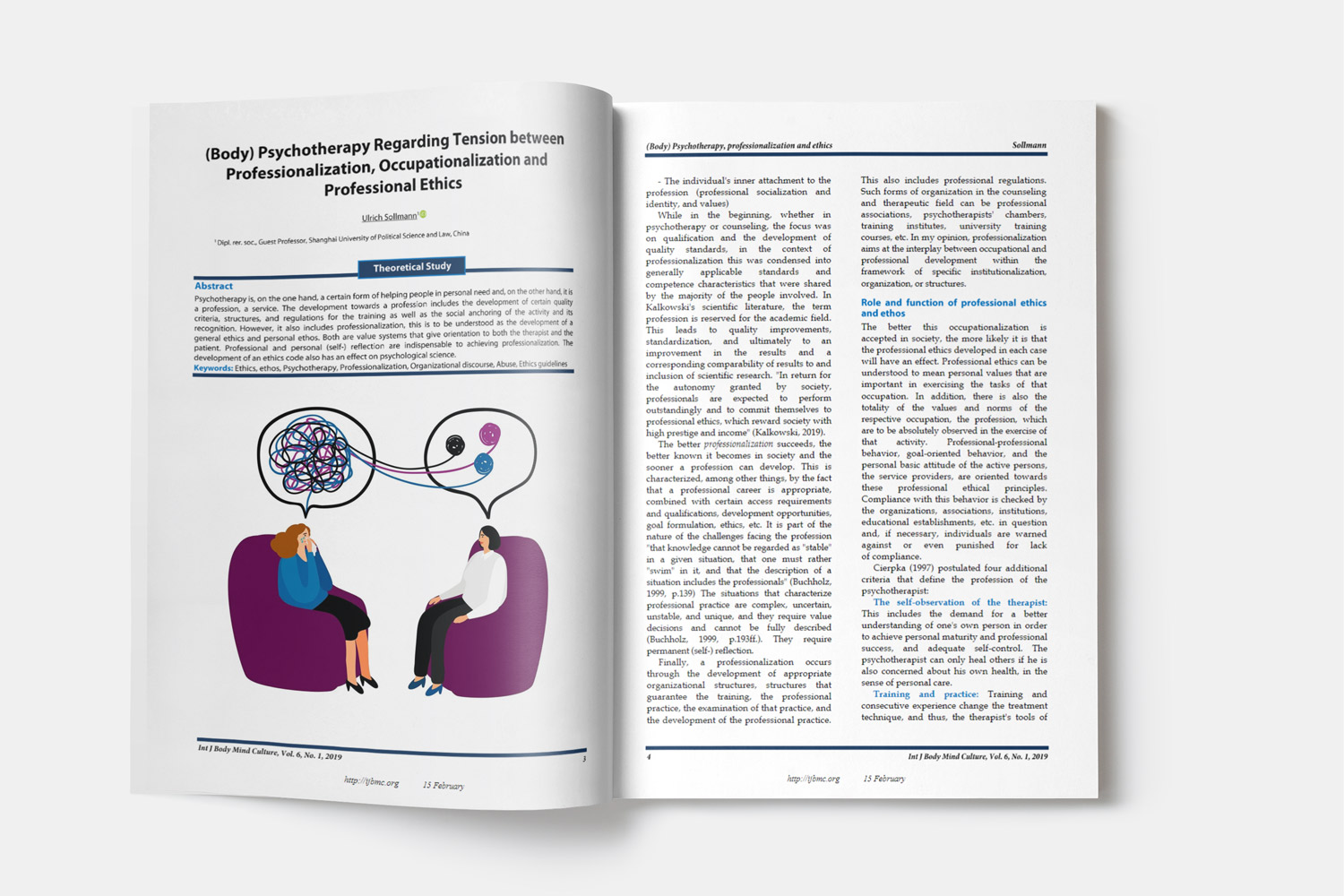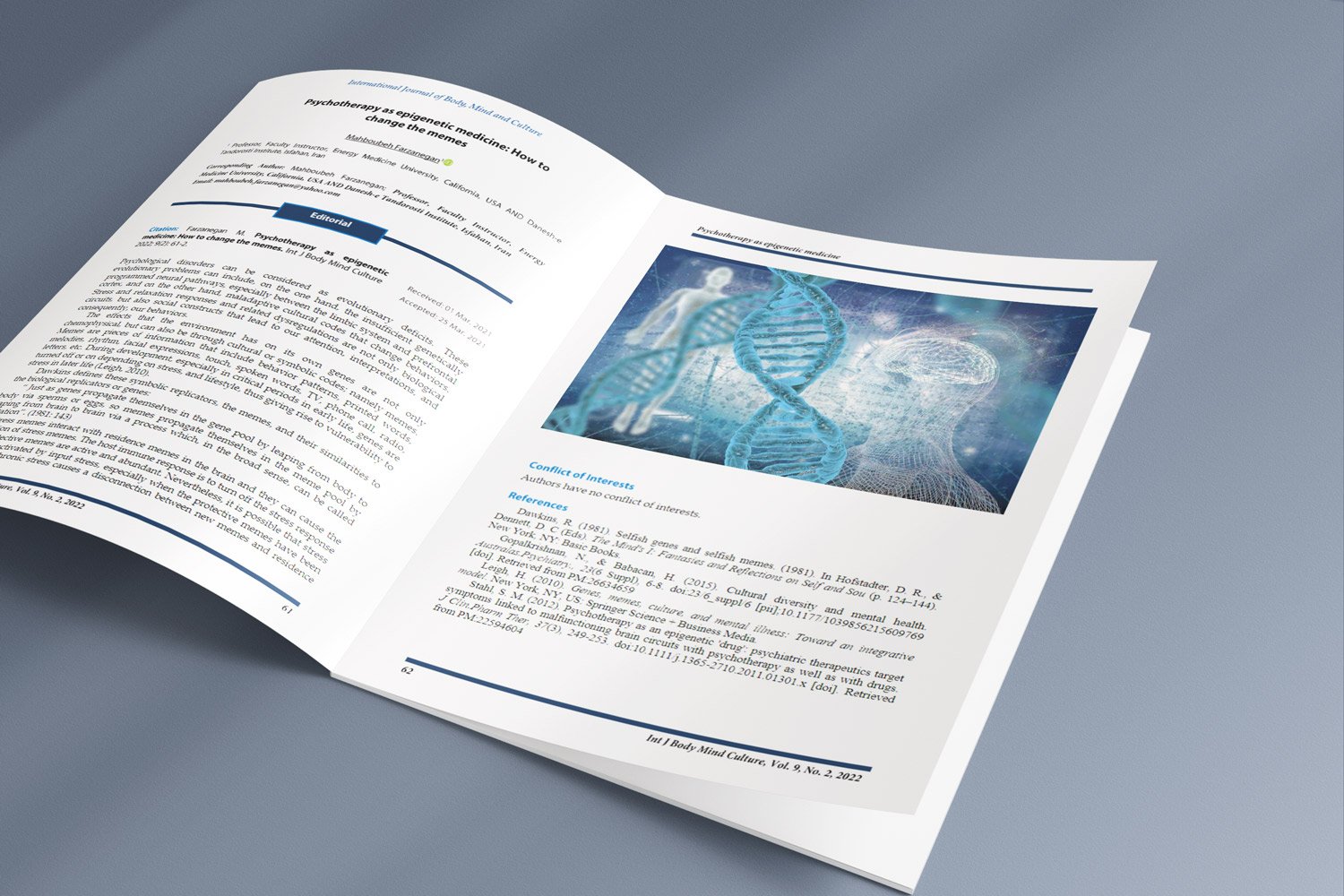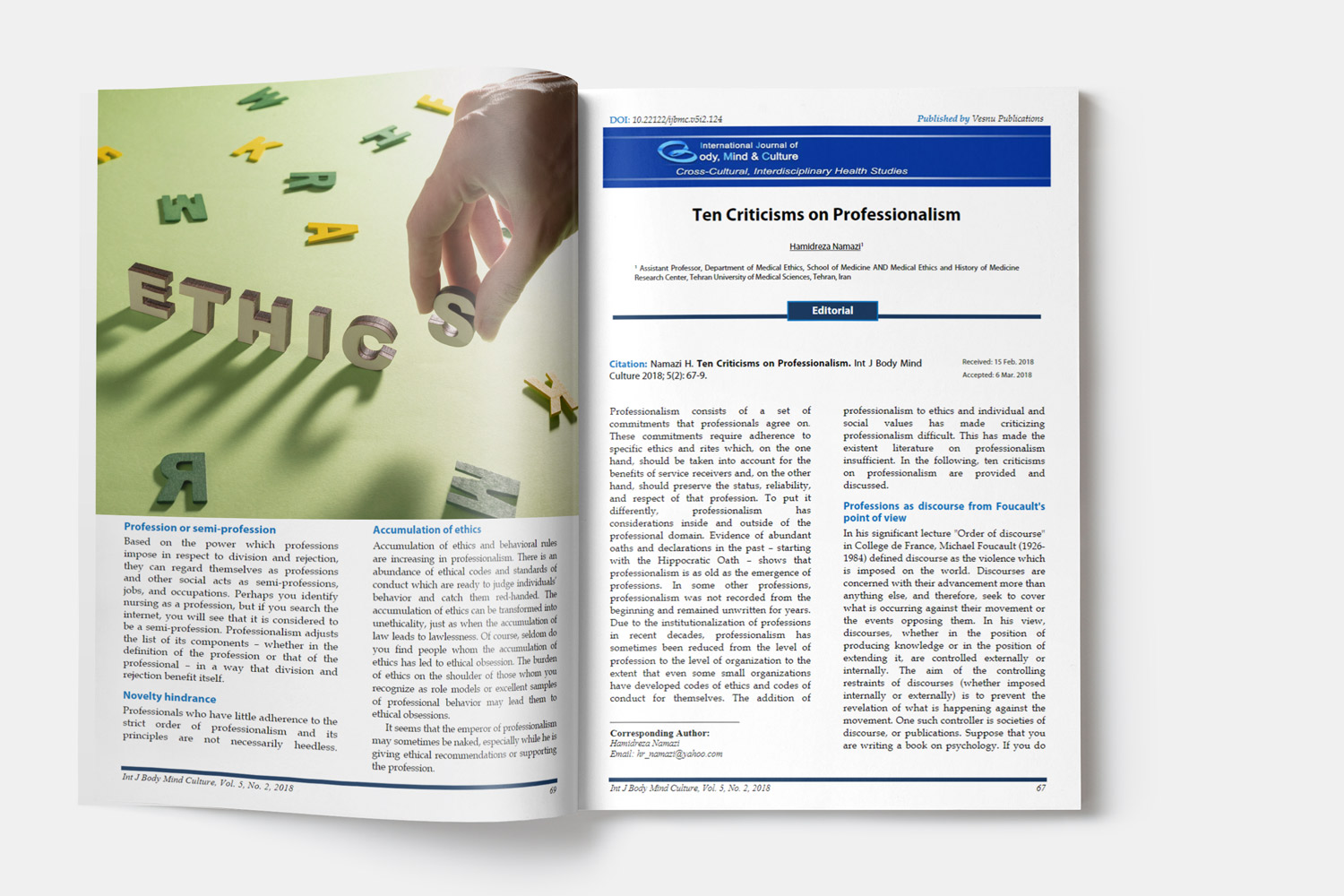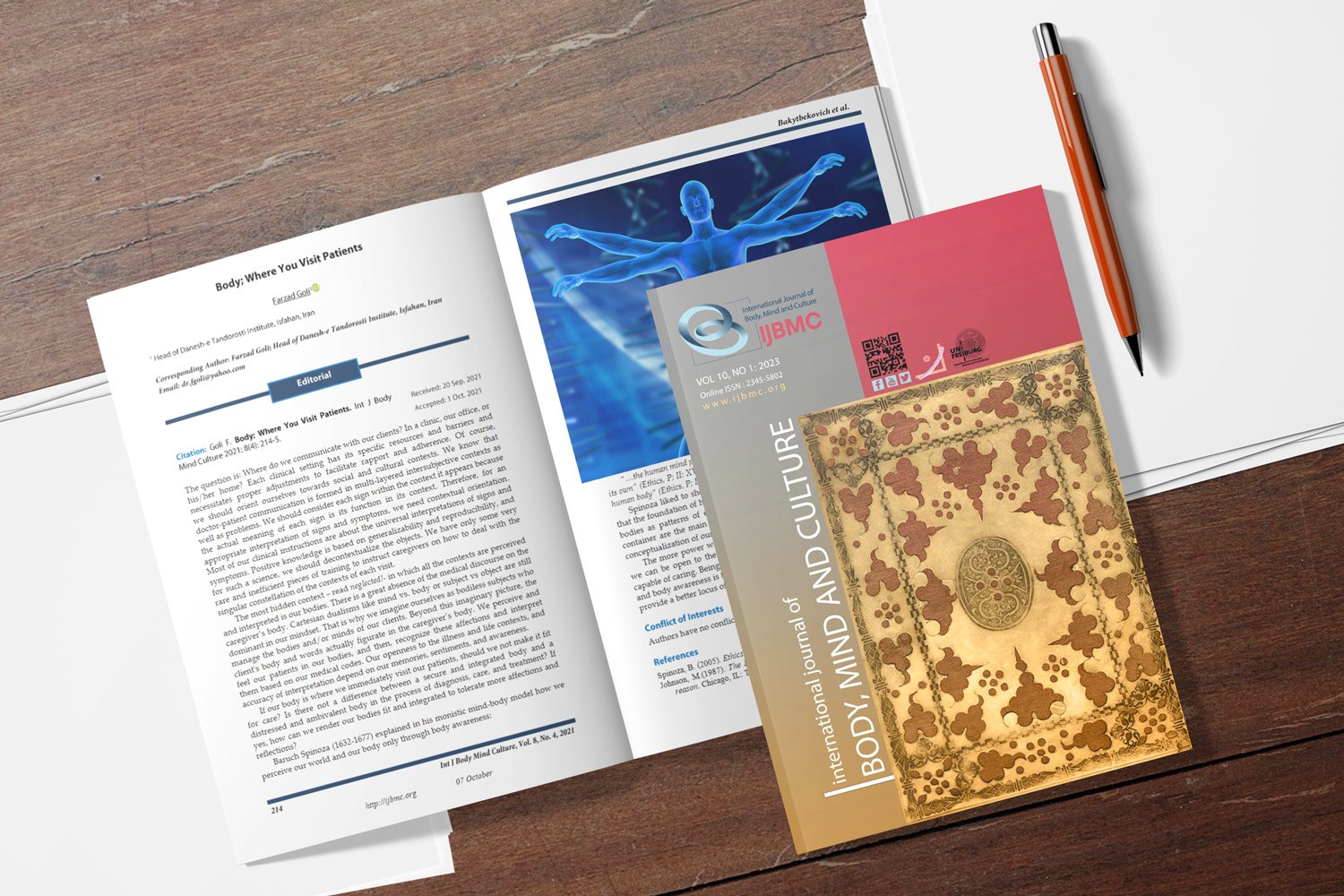Action Research: The National Festival of CORONAREVAYAT (Corona Narrative) in Iran; An Experience Report and Analysis
Downloads
The national festival of CORONAREVAYAT (Corona Narrative) took place in the Iran Medical Council during the first peak of Covid-19 and lasted about a year, from April 26, 2020 to March 17, 2021. The festival was designed to provide a platform for networking between artists and health professionals, and to promote documentation in the field of public health. Weakness in epidemic documentation has deep roots in Iran. Thus, CORONAREVAYAT was conducted in the context of the public participation paradigm to increase the social sensitivity regarding documentation in the health sphere, through running a media campaign. Registration of 1022 works in the festival, publication of 10 volumes of books containing the selected works, attracting the professional support of 28 national organizations and the financial support of a private sector, participating in 3 international film festivals and 1 international painting festival, introducing some less-known concepts (e.g., health humanities and narrative medicine) to the public, and networking between artists and therapists can be considered as the most valuable achievements of CORONAREVAYAT, which outweigh its weaknesses (especially organizational bureaucratization). The predominance of image over text can be observed in scrutinizing the works registered in the festival, and can be attributed both to the ease of preparing image-based works with modern digital tools (especially cellphones) and to the greater desire of social media users to share photos and videos compared to text and articles. The least participation was observed in the research section of the festival, in this regard it can be stated that it seems that some concepts (e.g., research) have become so academically entrenched that academics are reluctant to engage in a public media campaign. The ambiguity in the definition of applied research and the negligence of universities in the field of science communication add to the complexity of this issue.
Downloads
Academic Center for Education, Culture and Research. (2021 Apr 6). Publication of the 10-volume CORONAREVAYAT book collection [Online]. Available from: URL: http://acecr.ac.ir/fa/news/29482. Accessed 2021 Apr 6.
Astan News. (2022 Mar 1). CORONAREVAYAT will be part of important cinematic events this year [Online]. Available from: URL: https://b2n.ir/p44007. Accessed 2022 Mar 1.
Cinema Press. (2020 Sep 6). CORONAREVAYAT's films reached the secretariat of Iran International Children and Youth's Film Festival. [Online]. Available from: URL: https://www.cinemapress.ir/news/126916/. Accessed 2020 Sep 6.
Claessens, M. (2007). Communicating European Research 2005: Proceedings of the Conference, Brussels, 14-15 November 2005. New York, NY: springer.
Honigsbaum, M. (2019). The Pandemic Century: One Hundred Years of Panic, Hysteria and Hubris. New York, NY: Norton & Company.
Hung, R. (2020). Ethics of memory: Forgetfulness and forgiveness in the traumatic place. Educ.Philos.Theory, 52(13), 1364-1374.
IRIB News Agency. (2020 July 23). Registration of 7,743 works in the Corona Narrative registration system. [Online]. Available from: URL: https://www.iribnews.ir/00BdPo. Accessed 2020 July 23.
IRNA. (2020a). Virtual exhibition in memory of health martyrs at the Iranian Artists Forum. [Online]. Available from: URL: www.irna.ir/news/83917433/. Accessed 2020 Aug 22.
IRNA. (2020b). Announcing the names of the accepted films for the special section of Corona at Cinema Verité Festival. [Online]. Available from: URL: www.irna.ir/news/84126857/. Accessed 2020 Nov 28.
ISNA. (2020 May 4). From "Corona Narrative" to "Cinema Verité" [Online]. Available from: URL: https://www.isna.ir/news/99021510956/. Accessed 2020 May 4.
Medical Council of the Islamic Republic of Iran. (2020a). CORONAREVAYAT's films reached the secretariat of Iran International Short Film Festival [Online]. Available from: URL: https://irimc.org/news/id/45339. Accessed 2020 Sep 14.
Medical Council of the Islamic Republic of Iran. (2020b). . Hacopian sponsored CORONAREVAYAT [Online]. Available from: URL: https://iranmd.com/Default.aspx?PageName=News&ID=13275. Accessed 2020 June 5.
Medical Council of the Islamic Republic of Iran. (2020c). The CORONAREVAYAT policy council was held in the presence of the head of Iran Medical Council [Online]. Available from: URL: https://irimc.org/news/id/44587. Accessed 2020 Jul 20.
Medical Council of the Islamic Republic of Iran. (2020d). Iranian filmmaker congratulates doctors on Physicians' Day in a different manner [Online]. Available from: URL: https://irimc.org/news/id/45155. Accessed 2020 Aug 26.
Medical Council of the Islamic Republic of Iran (2021). Appreciation of the great teenage painters [Online]. Available from: URL: https://irimc.org/news/id/46079. Accessed 2021 Dec 6.
Medical Council of the Islamic Republic of Iran, & m. (2020e). "Corona according to media" Unveiled among media managers [Online]. Available from: URL: https://irimc.org/news/id/45925. Accessed 2020 Dec 9.
Medical Ethics and History of Medicine Research Center. (2020 Nov 27).CORONAREVAYAT accompanies the Annual Iranian Medical Ethics Congress [Online]. Available from: URL: mehr.tums.ac.ir/ZFUH. Accessed 2020 Nov 27.
Mehr News Agency. (2020a). Accompanying Tehran Short Film Festival with CORONAREVAYAT [Online]. Available from: URL: mehrnews.com/xS8bz. Accessed 2020 June 23.
Mehr News Agency. (2020b). Accompaniment of the IFPPP with CORONAREVAYAT [Online]. Available from: URL: https://b2n.ir/d45115. Accessed 2020 July 26.
Mehr News Agency. (2020c). The first book of Corona Narrative was unveiled [Online]. Available from: URL: mehrnews.com/xSMSS. Accessed 2020 Sep 24.
Raeisnia R. (2020). Dār ul-Funun. Encyclopedia of the Islamic World [Online]. Available from: URL: https://rch.ac.ir/article/Details?id=8992. Accessed 2020.
Sania al-Dawla. M. H. Etemad Al-Saltanah Memoirs Newspaper. Tehran: Amir Kabir Publishing Institute; 7th edition, 2011.
Talaei M., Rajabnejad, M., Tajmiri, B. Study of epidemics in Iran: From the beginning of the Qajar dynasty to the end of World War II. Iranian Teb; 2017.
Tasnim News. (2021 Mar 15). CORONAREVAYAT: The closing ceremony of a national event [Online]. Available from: URL: https://tn.ai/2470685. Accessed 2021 Mar 15.
Tasnim News. (2020 May 16). Recording Corona's lasting moments in Corona Narrative [Online]. Available from: URL: https://tn.ai/2266816. Accessed 2020 May 16.
Thomas, R. K. (2006). Health Communication. New York: Springer; 2006. pp. 133-134.
Thompson, T. L. (2014). . Encyclopedia of Health Communication. California: SAGE Publications; 2014.
Vessey, D. (2009). Gadamer and the Fusion of Horizons. International Journal of Philosophical Studies, 17(4), 531-542.
Copyright (c) 2022 International Journal of Body, Mind and Culture

This work is licensed under a Creative Commons Attribution-NonCommercial 4.0 International License.

